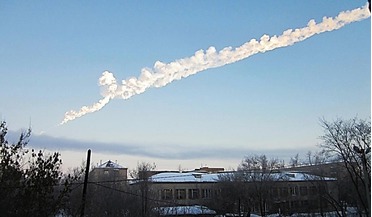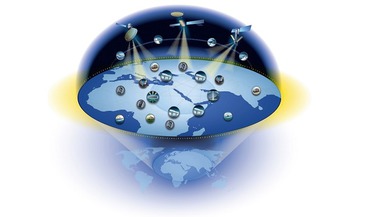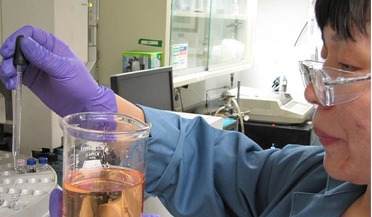 February 2016
Data Systems to Support Early Warning of Spaceborne Emergency Situations
February 2016
Data Systems to Support Early Warning of Spaceborne Emergency Situations
... RAS); ‘Ida” software application suite, developed by Tomsk State University; Solar System Small Body Orbital Evolution Catalogue, developed at the applied mathematics and computer science department at Samara State Technological University; ‘Cluster...
 November 2018
BepiColombo – a mission to explore Mercury
November 2018
BepiColombo – a mission to explore Mercury
...BepiColombo will address a comprehensive set of scientific questions in order to gain further knowledge about the planet, its evolution and its surrounding environment. In turn, this should provide important clues on the origin and formation of rocky...
 29 March 2019
Water on Mars is active today says new study
29 March 2019
Water on Mars is active today says new study
.... "Understanding how groundwater has formed on Mars, where it is today and how it is moving helps us constrain ambiguities on the evolution of climatic conditions on Mars for the last three billion years and how these conditions formed this...
 March 2015
Supplanting the state: rewards and risks
March 2015
Supplanting the state: rewards and risks
... protection of our networks. This is an exciting time for space exploration, as commercial companies are increasingly driving the evolution of satcom and related technologies. But with these new opportunities come increased dangers and risks. Only...
 October 2015
Green cosmonautics: an ideal to strive for
October 2015
Green cosmonautics: an ideal to strive for
... biggest advances are made by reconciling contradictions in the design or functioning of the TS. The main force behind the evolution of a TS is society’s need for it to evolve quickly4. The fact that global society needs faster development of space...
 February 2016
How to Build Planets
February 2016
How to Build Planets
...forming planets. In response to these findings, Gonzalez and fellow researchers ran 3D hydrodynamical simulations in order to understand the evolution of the gas and dust in rings similar to those seen in HL Tau and to ascertain whether all gaps seen...